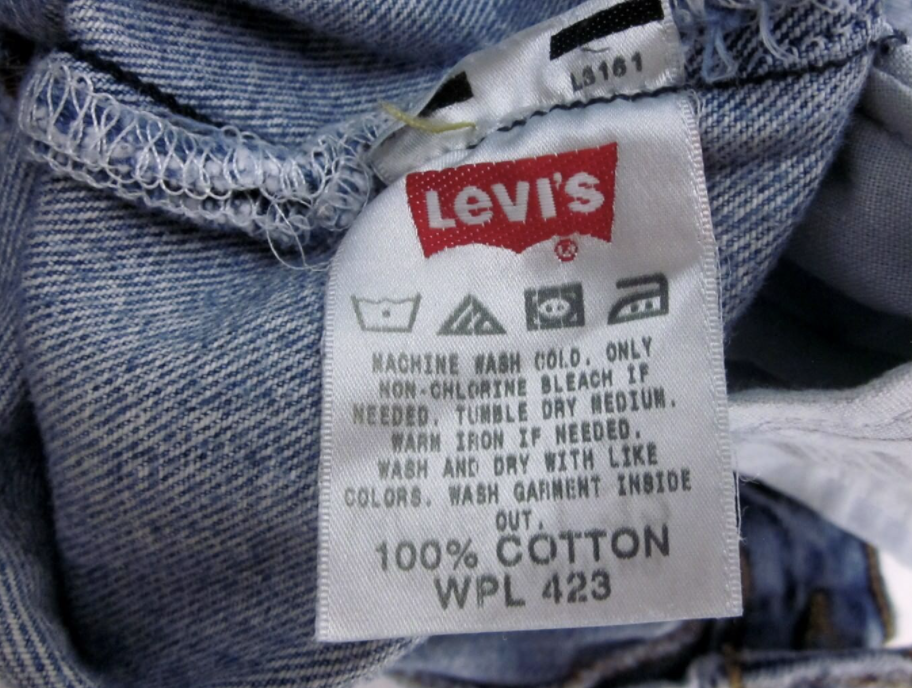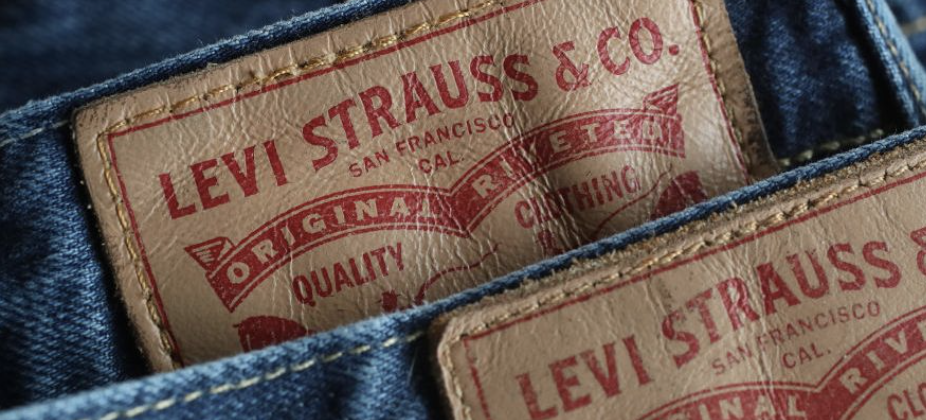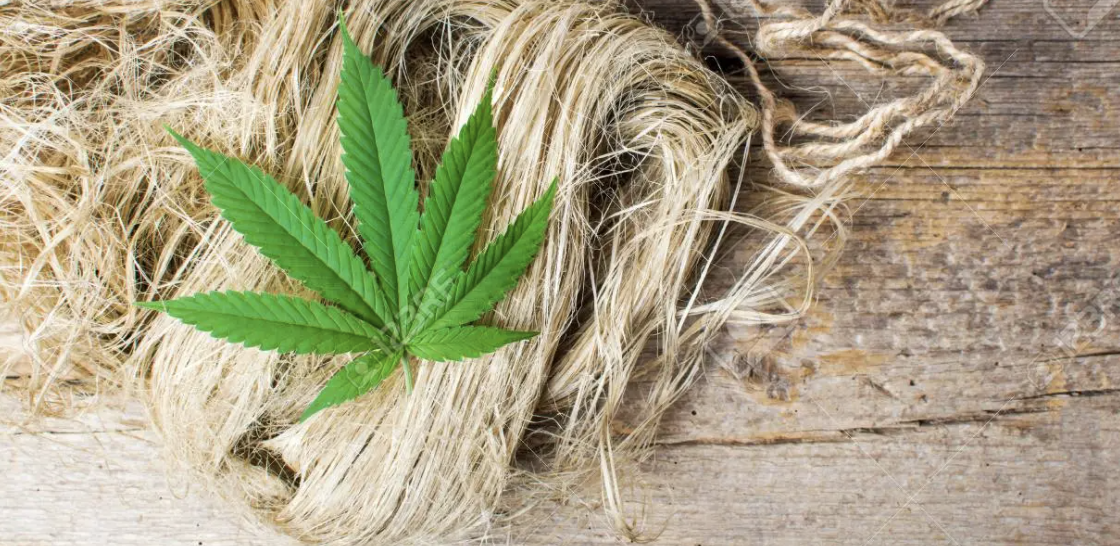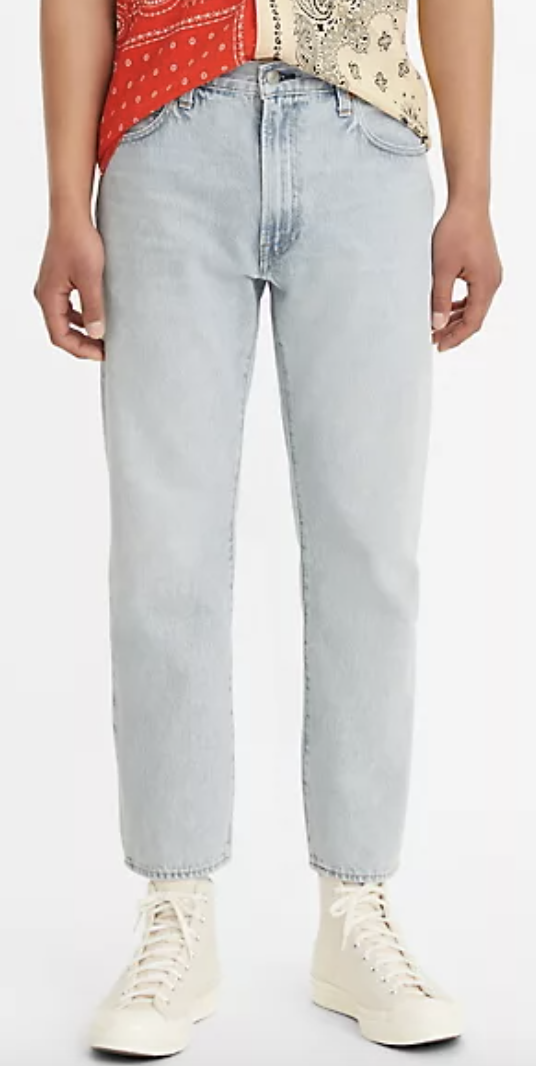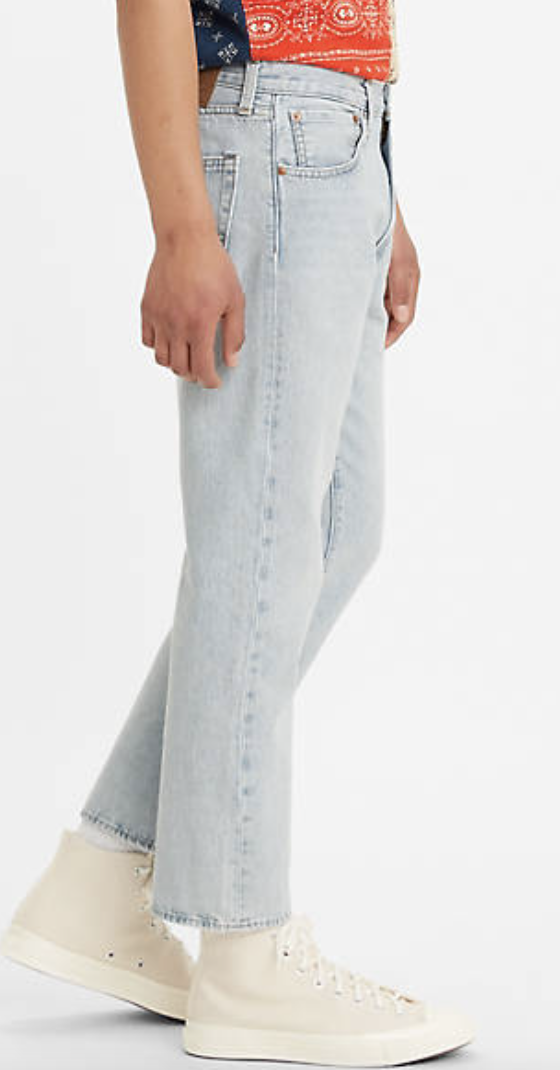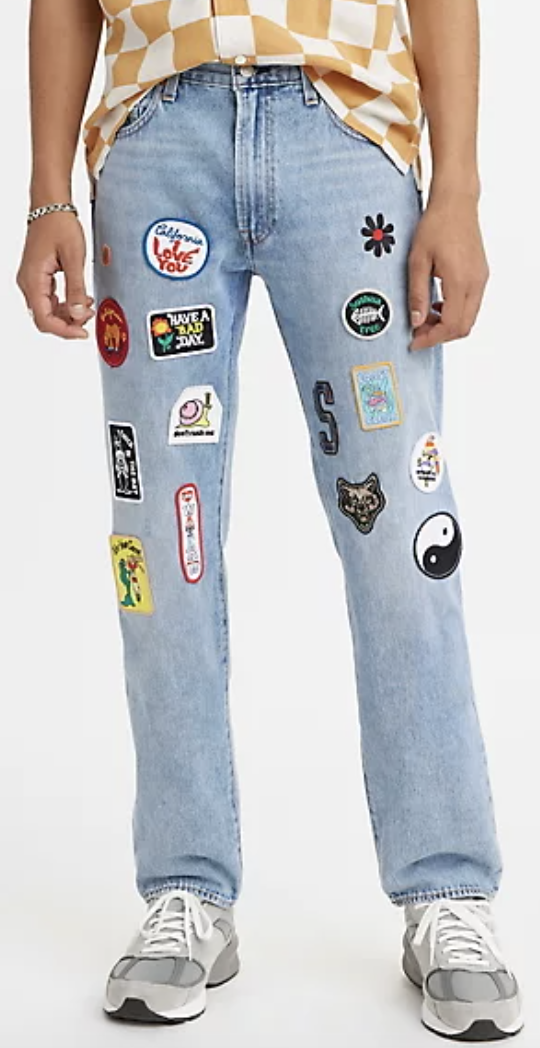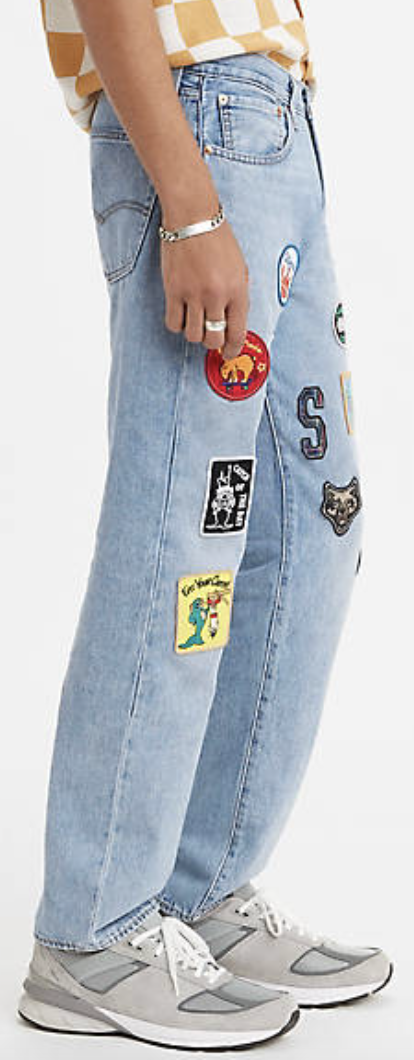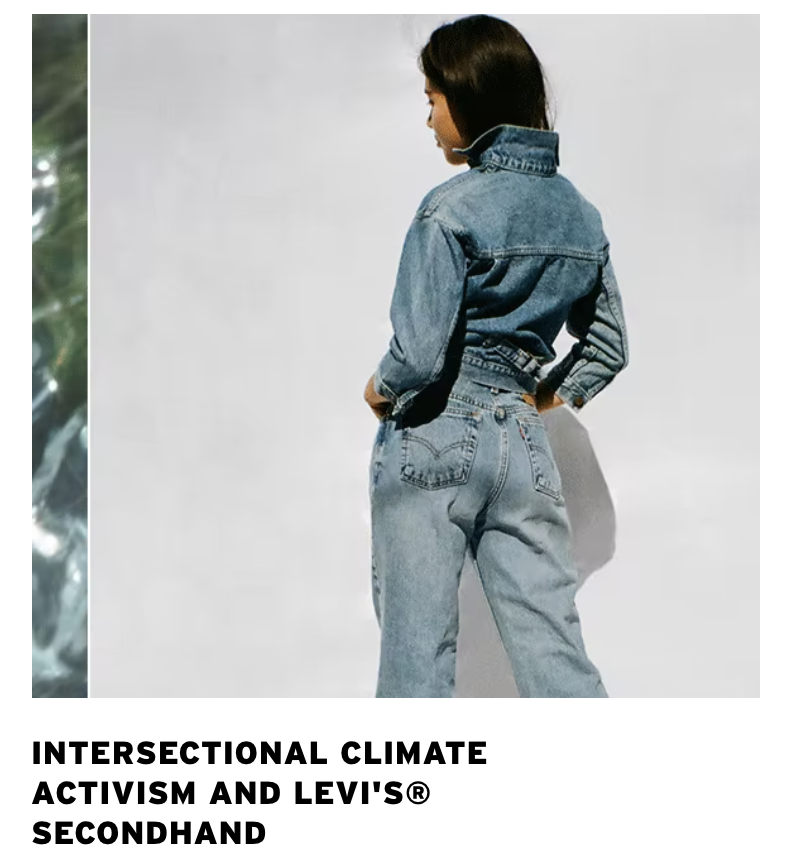Is Hemp The New Cotton? Levi's Can Answer That
You may find yourself wondering what the multiple pairs of jeans you own are made out of. Well, I can answer that question, and so can Levi’s. I’m here to tell you everything you need to know about denim and Levi’s efforts to make more sustainable jeans.
Source: Levi’s
The History Of Denim
The history of denim goes way back from when it first became popular and classified as a trend, to now where it will remain in the fashion industry forever. Denim fabric is produced by using a twill-weave and is classified as cotton fabric. Manufacturers and retailers can conclude that denim with 100% cotton fabric results in the perfect texture for a garment.
Although cotton is one of the oldest fabrics used in fashion industry for its great durability and texture, is it sustainable enough to be worth manufacturing? The label on your jeans may say 100% cotton, but is that percentage a positive factor to the planet and people?
The massive amount of cotton use has its downsides, seeing as the largest negative factor is its impact on environmental and social factors. Cotton, organic or not, requires a large amount of water and energy to grow and harvest. In fact, according to the World Wildlife Fund, some experts contend that cotton is the largest user of water among all agricultural commodities. After conducting research across many industries, it can be concluded that there is a desperate call for manufacturers to maintain water usage. As it turns out, the vital solution needed has already been found—and that solution is hemp.
Hemp is the new cotton, and Levi’s is one brand that has capitalized on it.
What Is Hemp and How does it Classify as a better option?
Source: Himalayan Hemp
Hemp is the innovative fabric of today’s generation, industries, and environment. The up-and-coming fiber is the perfect sustainable replacement for cotton. The fashion industry has long relied on cotton’s use in garments, but until recently has not included hemp in it.
Now, where does hemp come from? Known as a bast fiber, it is picked out from the stems of the plant. Because of its numerous natural advantages, chemical herbicides are not included when manufactured. Hemp requires very little water, especially when compared to cotton, which according to Slate, uses “about 50 percent more water per season than hemp.” But it doesn’t stop there, once processing is accounted for, “cotton uses more than four times as much water as hemp.”
How Hemp Turns Into a Fabric
Through the process of “retting” fibers are separated and taken from the stalk of the plant. Then, the fibers are spun together in order for a continuous thread to be produced and woven into the completed fabric.
When having a fabric in hand, the next step is to complete the mechanical process. Various manufacturers evaluate the mechanical process with multiple chemicals. With the production of chemicals, the intensity of environmental and social factors spike. With hemp, the mechanical process can be completed organically and does not require any chemicals during evaluation.
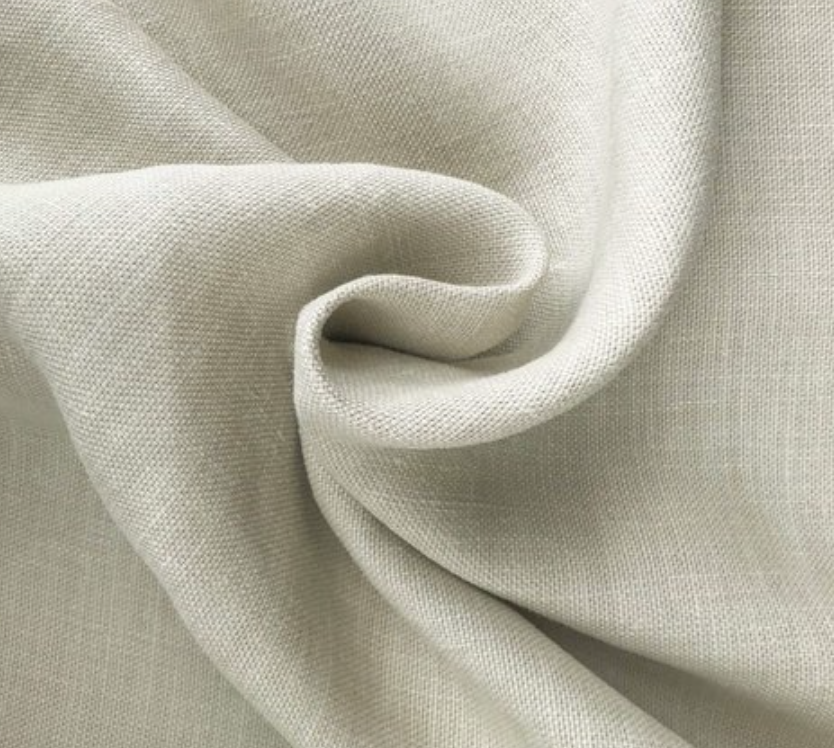
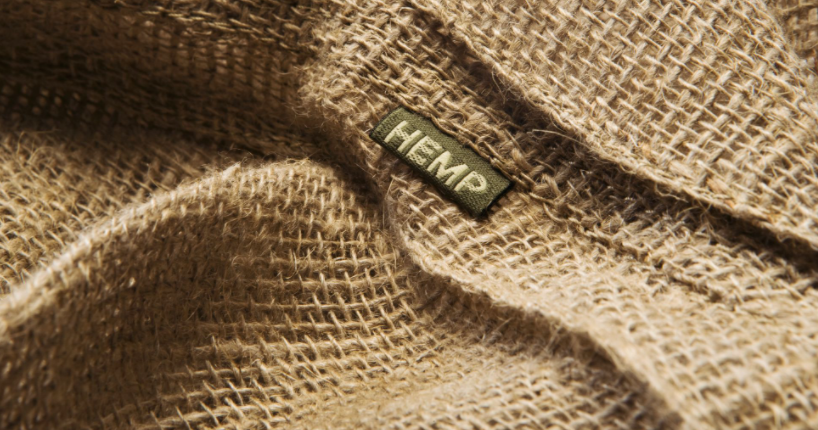
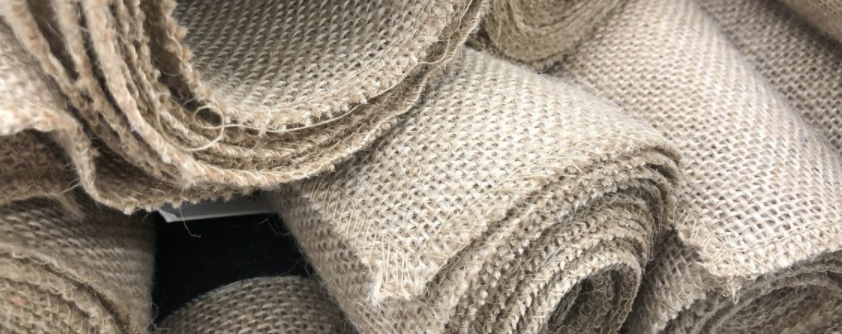
Source: Nood, Treehugger , GreenMatters
Three DENIM STYLES From The Levi’s hemp Collection
551™ Z AUTHENTIC STRAIGHT FIT CROPPED MEN'S JEANS
Style Description
The men’s Levi’s premium sustainable jean style is the perfect, regular fit denim pant. It is low rise and includes a straight-fit look. Along with its Lite Euphoria-Dark Wash color, the pair is a non-stretch denim and incorporates a five-pocketing style. The slight loose and cropped fit of the jean includes wider stitching and can be paired with your favorite pair of sneakers.
Fiber Content
77% Cotton
23% Hemp
551™ Z AUTHENTIC STRAIGHT MEN'S JEANS
Style Description
This Hula Hopper-Dark Wash denim pair features a stack hem fit and a slighter loose cut. Opposing skinnier denim styles, this pair formulates the perfect vibe for a vintage look. The straight-leg and non-stretch jeans are also paired with five-pocket styling.
Fiber Content
77% Cotton
23% Hemp
551™ Z AUTHENTIC STRAIGHT FIT MEN'S JEANS
Style Description
These vintage-inspired jeans include patches, which are way more than your average pair. The straight leg and loose fit of the garment includes unique stitching and is classified as the Hooning Around-Light Wash color.
Fiber Content
77% Cotton
23% Hemp
LEVI’S Purpose
Source: Levi’s
The incorporation of the cotton-hemp blend that Levi’s has included into its collection has genuinely impacted the people, planet, and the brand itself. Levi’s has taken a step forward to prove its dedication to taking more environmental initiatives.
The actions taken by this legendary brand are meant to lessen the consumption of water and energy during the garment manufacturing process. Levi’s is ensuring their high-quality product lasts longer and has a purpose when purchased. The 23% of hemp fiber added to the jeans are the first steps toward a more innovative future for Levi’s.
The brand has also included partners who are driven by positive environmental and social factors. Levi’s and its partners are striving to connect to this generation and the growing industries. The company is voicing its initiative to help change the clothing industry for good.
Source: Youtube
What do you think about Levi’s hemp collection? Leave a comment below.



